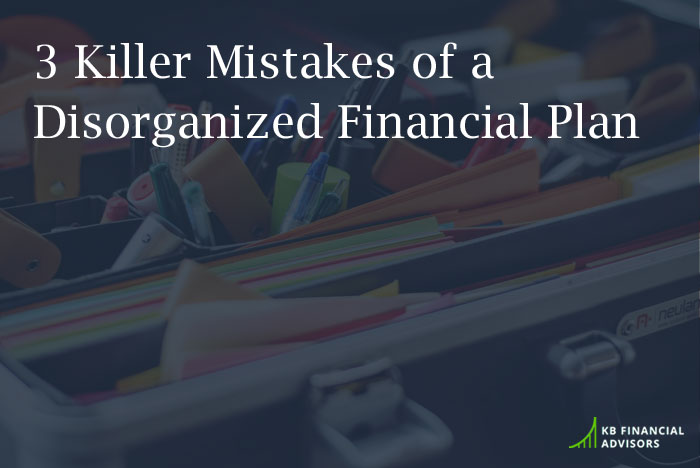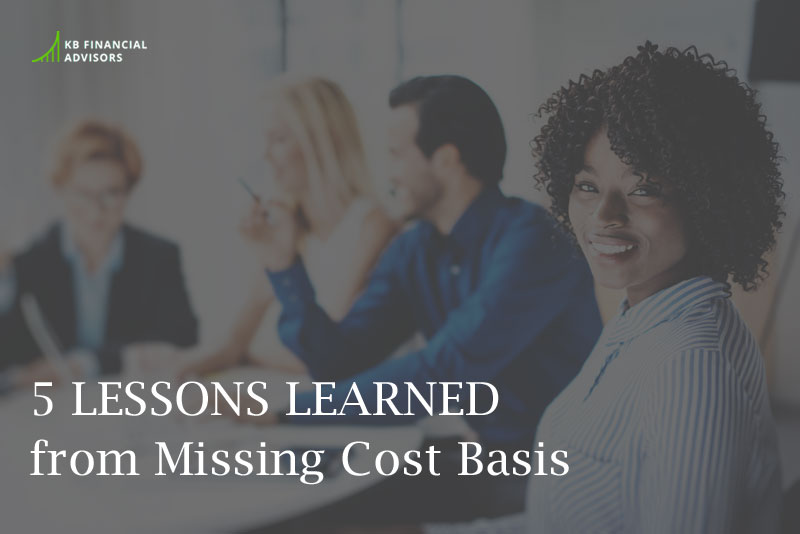When we were younger, my wife and I couldn’t find a financial advisor to save our lives.
It seemed like it should have been so easy:
We were young, just out of college with good jobs, had a cheap apartment, and no children to take care of yet.
We knew we wanted to save our money towards goals like buying a home and building wealth, and after a year, our savings had started to really pile up with our low-cost lifestyle. I started to look for a financial advisor to help us plan how to start investing, but I couldn’t find anyone interested in helping us out in our situation.
It seemed like all the advisors out there were only interested in helping people who *already* had retirement nest eggs and fat bank accounts–not people like us who were trying to build those things.
Long story short, I took the courses to become a Certified Financial Planner to solve this problem, and today I’ve been helping young people like my wife and I for over 10 years.
Needless to say, I’ve learned a lot about the keys of making smart investment decisions over those years. They might not be the “keys” you’d expect me to say as a financial planner when it comes to how to start investing, but here are six of the most important ones:
1) Have Something to Invest
I know it sounds obvious, but before you can make smart investment decisions, you actually need to have something to invest in the first place.
A lot of people put the cart before the horse and start over-analyzing what they think are smart investment strategies… but they haven’t even gotten into the habit of saving money to invest yet.
Occasionally you’ll get lucky with a financial windfall like an inheritance or an IPO, but most of the time, people get here by old school saving.
I know it sounds boring, but: learn ???? to ???? save ???? your ???? money! ????
The easiest way to do this is to start saving 50% of the increase in salary any time you get a new job, a raise, or a promotion. Adding 50% of your raise to your monthly spending still feels amazing, and it feels even better when the *other* 50% is going towards your savings goals.
2) The Small Things DO Matter
As trite as it sounds, a penny saved IS a penny earned. And while a penny (or $100) might not seem like much in the long run, it does add up.
When you adopt the mindset that all the small things you can do within your budget DO matter, you’ll start to notice little, small places where you can save money, or opt to send more cash to your savings. They might seem like small amounts now, but if they’re weekly or monthly expenses, they really add up over time.
If you fall into the trap of thinking the “little things” don’t matter, you’ll quickly spiral into spending way more than you want to on takeout, conveniences, and odds and ends. Depending on your salary and where you live, this can easily add up to a couple thousand dollars every month (over $24,000 per year!), so make sure you mind the small things.
3) Watch Your Investment Fund Expenses
When most people begin investing, they do so with funds: ETF, mutual funds, or actively-managed funds. Regardless of the fund type, there will be some expenses you have to pay to the fund itself for administration, management, and other types of upkeep.
These expenses vary, and one fund’s higher fees against another fund’s lower fees can make a big difference over time.
They might seem insignificant at first because they’re reported as small percentage points, but with the thousands of dollars you’ll be investing over the years, they matter. A lot. Do your best to keep an eye on these expenses, and to keep them low.
4) Diversify, Diversify, Diversify (Beyond the S&P 500)
Yes, owning the S&P 500 is better than just owning one single stock. To have a healthy investment portfolio though, you also need to diversify beyond just the 500 largest companies in the United States. True diversification comes with both width and depth of diversifying your investments.
To have wide diversification means to spread your investments out: you want to go beyond just the United States. It is possible to spread your investments across markets around the globe, and to have deeper diversification within each of those markets.
Deep diversification happens within a single market. For example, if you’re investing in the US stock market, you’ll want to own all kinds of stock: small companies, big companies, new companies, old companies, and everything in between.
Work with a financial advisor to figure out how quickly to go deep and wide with the dollars you invest.
5) Balance Sheet Mindset > Paycheck Mindset
When you think with a paycheck mindset, you’re always looking forward to your next pay day.
Inherently, there’s nothing wrong with this, especially when you consider you are working for a paycheck right now, and a reliable paycheck is what lets you pay your bills on time.
But when you bring the paycheck mindset to investments, things can go awry.
A paycheck mindset is always asking, “How much am I bringing in? When? What can I spend or do based on this?”
If you take these questions to your investment strategy, you’ll only look at investments that’ll give you regular, immediate payouts, and miss out on the investments that’ll actually pay you more in the long run. (For example, stocks that pay dividends will pay you regularly, but may be worth less in the long run than stocks that don’t.)
When you take on a balance sheet mindset instead, you’re focusing on how to grow your portfolio as a whole and how to keep it as healthy, sustainable, and wealth-driven as possible.
6) No Fast Cash Day Trading
I know day trading has become a trend lately–whether people are strategizing to do it with stock on Reddit, or they’re buying & selling in an effort to time the cryptocurrency markets–but day trading is not a good idea.
Day trading is a lot like trading baseball cards, and it encourages a lot of the worst behaviors I find in investors: You have to constantly watch the markets, thoughts about your investments consume your mind, and you’re always going to be tinkering with your money. Plus, it distracts you from implementing a solid long-term investment strategy, which is where most of the big wins are made anyway.
When you’re first learning how to start investing, don’t let the day trading teachers fool you with their sparkly show and impressive screenshots. Short, quick wins are possible, but they’re not sustainable.
How to Start Investing: Two Main Takeaways
First, make sure you’ve got money to invest.
It does sound obvious, but you’d be surprised at how many people out there want to make a smart investment plan, but don’t actually have any cash to put towards those investments. Get into the habit of regularly saving from your paychecks, and work to find ways to save in your regular spending habits.
Second, make smart investment choices. Diversify your investments, keep fees low, keep a balance sheet mindset instead of a paycheck mindset, and avoid “quick wins” and unsustainable investing habits like day trading.
If you’re ready to get serious about your investment strategy, book a call with one of our financial advisors to see if our services can help you advance your investment strategy faster than you could alone.
Read my full feature interview on this topic on Thrive Global, or in Authority Magazine.






